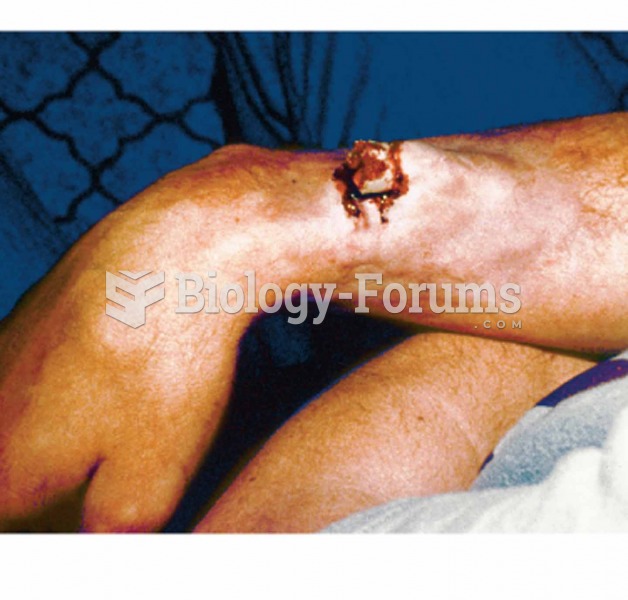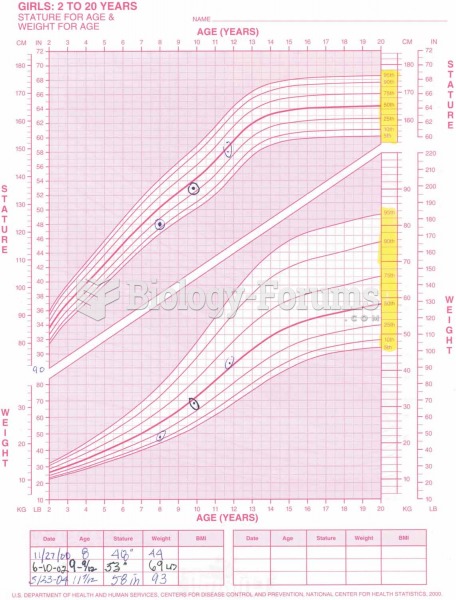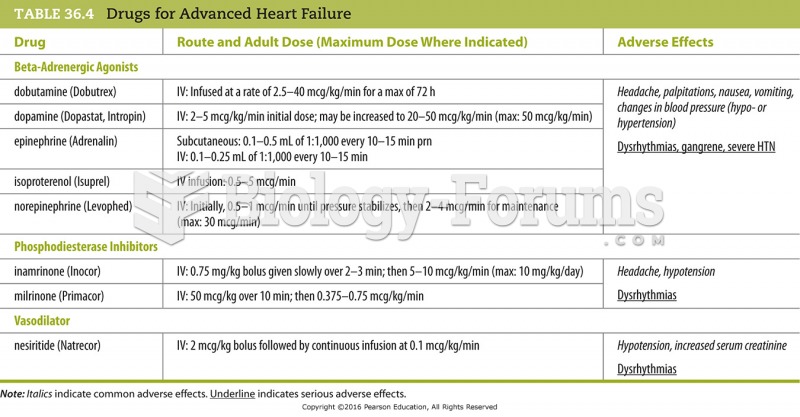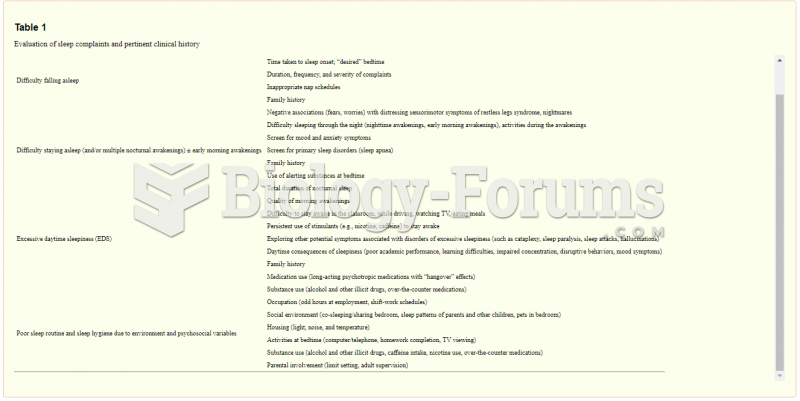|
|
|
Did you know?
Congestive heart failure is a serious disorder that carries a reduced life expectancy. Heart failure is usually a chronic illness, and it may worsen with infection or other physical stressors.
Did you know?
Vaccines prevent between 2.5 and 4 million deaths every year.
Did you know?
There are 60,000 miles of blood vessels in every adult human.
Did you know?
On average, the stomach produces 2 L of hydrochloric acid per day.
Did you know?
Never take aspirin without food because it is likely to irritate your stomach. Never give aspirin to children under age 12. Overdoses of aspirin have the potential to cause deafness.







